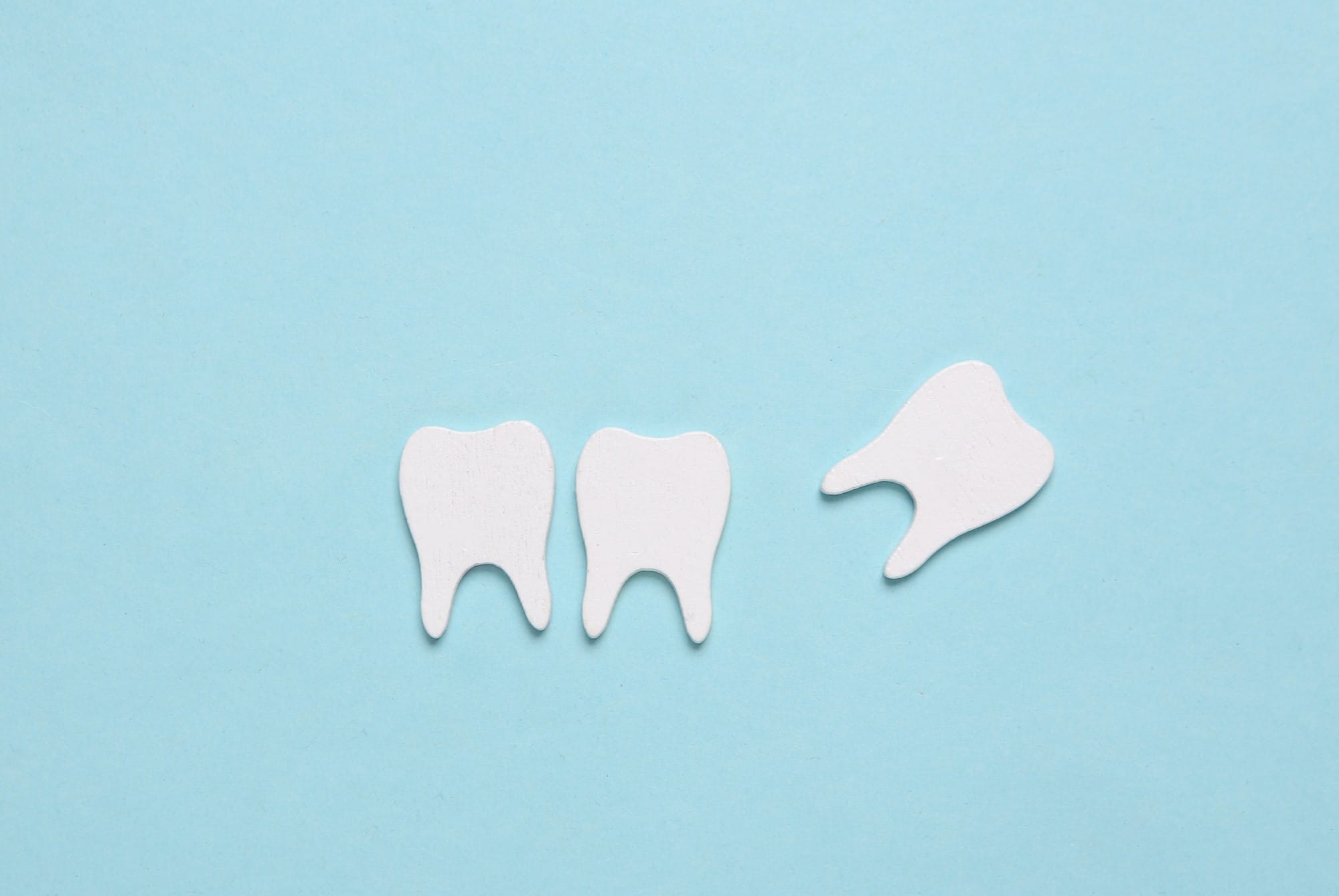We often get asked this question by patients, so we hope you find this post informative!
A crown is recommended when a tooth is structurally compromised and we want to protect it from breaking. Molars are the most common teeth we end up making crowns for because they are the main support for our bite and are the teeth we use to chew the hardest foods!
There are 2 different types of dental crowns: gold and ceramic. The “best” choice for a patient depends on the patient and the clinical situation.
Gold crowns have been around for 100’s of years and there is no question they have stood the test of time. They are the “gold” standard (haha)! They don’t break, require minimal tooth reduction, and won’t wear opposing teeth down like some types of porcelains do. They are a good option for patients and in situations where aesthetics aren’t that important (for example, back teeth).
There are many different types of ceramic dental crowns, and more and more materials continue to come into the dental market every year. Ceramic crowns are a nice option for situations where we want a balance of strength and aesthetics. The strongest type of ceramic for a molar tooth is called Zirconia. It is important to know there are many brands, types and qualities of Zirconia, so you want to make sure your dentist is knowledgeable in this area and is using one that is appropriate for your situation.
Another common type of ceramic used for crowns is a material called Emax. This material is not as strong as zirconia and has a higher risk of breaking when used on molar teeth, especially in patients that are grinders. However, the aesthetics of Emax crowns are unmatched, and it is often used for front teeth when they need to be restored.
Here is an example of a tooth that we crowned in our practice:
Before – Tooth had silver filling with cracks

After (Zirconia Crown):




